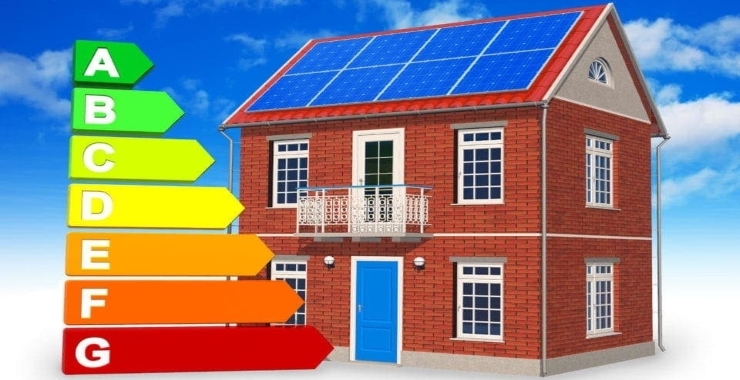Crystalline panels do not perform as well in partial shading compared to amorphous cells and they do gradually lose a small percentage of output as the temperature rises above 25 c.
Difference between amorphous and crystalline solar panels.
Adding to your system in the future as mentioned the panels we use are some of the best in the solar industry proven long lasting produced in high quantities and will still available for.
For full functionality of this site it is necessary to enable javascript.
Amorphous panels can be made for much less than crystalline panels and it seems the industry is set up for self sabotage because they seem to want to do whatever it takes to make sure these amorphous panels stay high at ridiculous prices and or are impossible to get.
Amorphous is inherently less efficient than crystalline only being around 7 10 efficient at light conversion compared to a crystalline panel of the same size which has typically between 12 15 efficiency.
Instead of being constructed from solid silicon wafers like mono or poly crystalline solar panels amorphous panels are made by depositing non crystalline silicon on a substrate like glass plastic or metal.
Here are the instructions how to enable javascript in your web browser.
For this reason amorphous silicon is also known as thin film photovoltaic pv technology.
They can also withstand the summer heat where mono or polycrystalline panels lose efficiency in the same ambient temperatures.
Amorphous panels are also lighter in weight and more portable than monocrystalline or polycrystalline panels producing the same amount of energy.
Thin film or amorphous silicon cells are made up of silicon atoms in a thin layer rather than a crystal structure.
The difference between a 1kw system and a 1 3kw system may not sound like much but there s a huge difference in power output.
Since the efficiency of the amorphous panels are not as high as those made of the polycrystalline cells they often require 50 more room than that of an equivalently powered polycrystalline system.
Amorphous silicon can absorb light more readily than crystalline silicon so the cells can be thinner.





.jpg)
